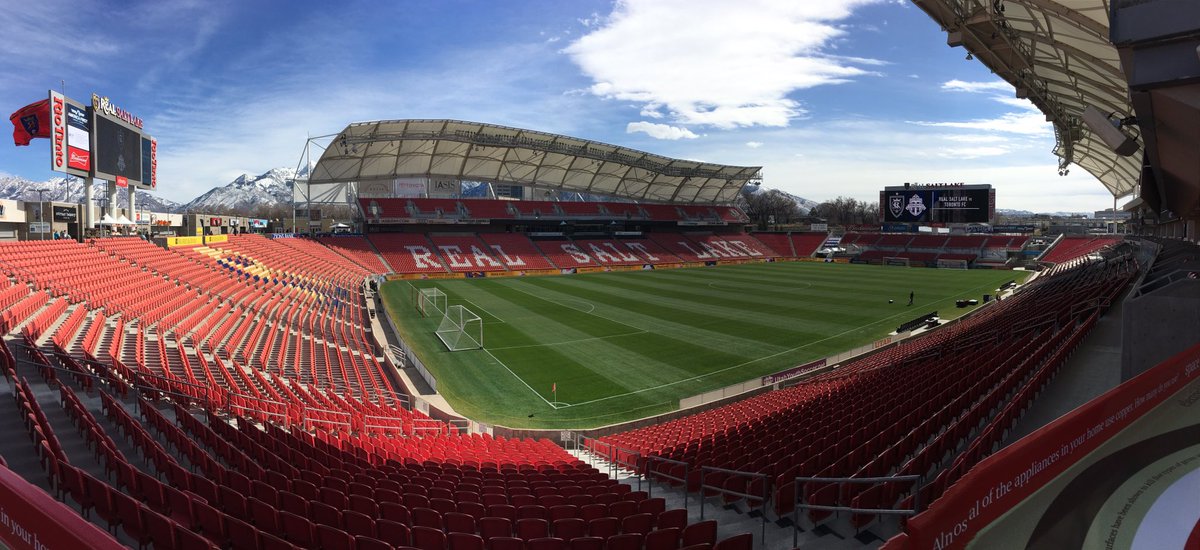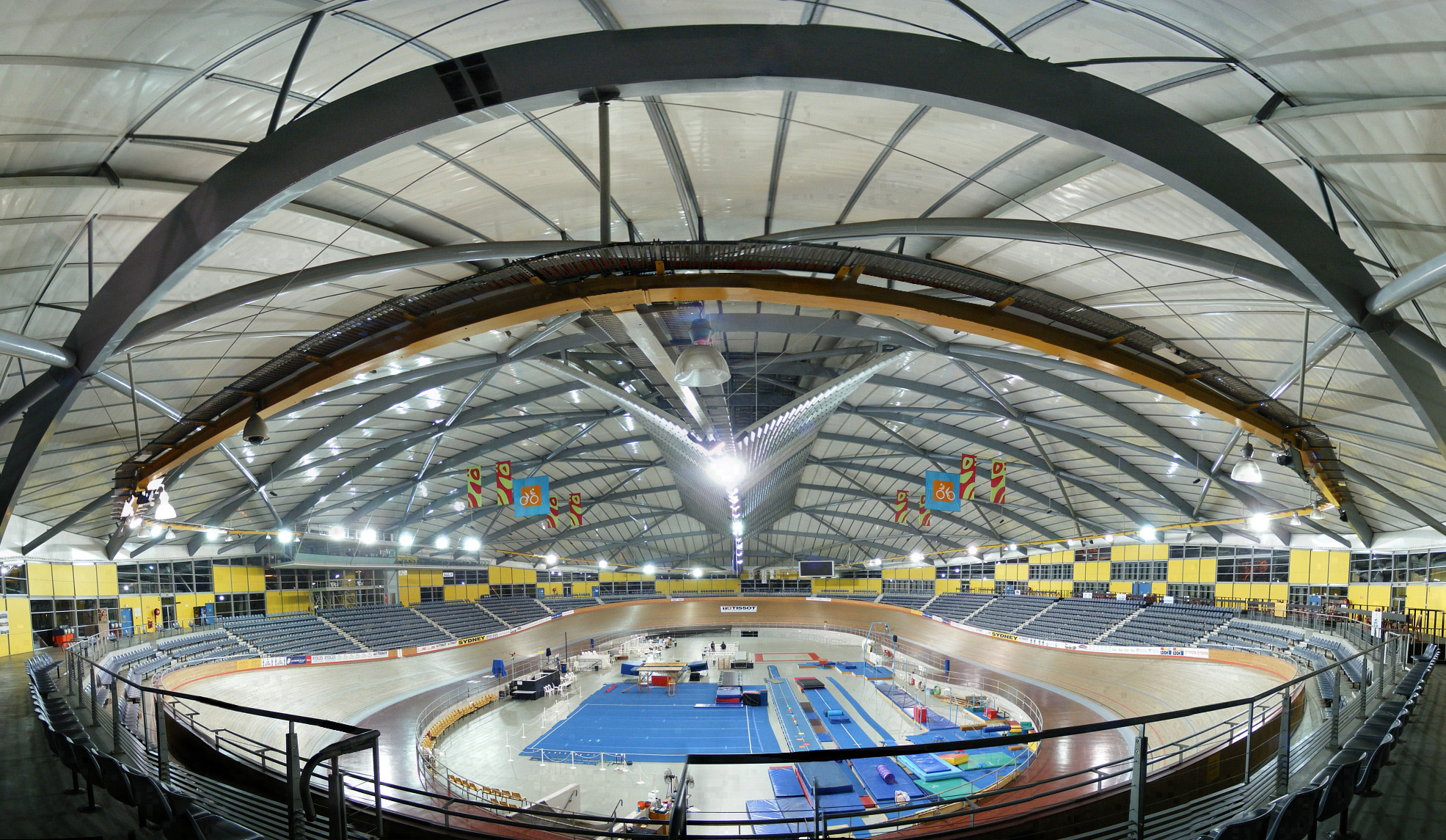|
Olympic Park, Montreal
The Olympic Park (French: ''Parc olympique'') consists of a series of venues and sports arenas in Montreal, Quebec, Canada, which was home to many of the venues from the 1976 Summer Olympics. It is bound by Sherbrooke Street to the north, Viau Street to the east, Pierre de Coubertin Avenue to the south, and Pie-IX Boulevard to the west. Olympic Stadium The Olympic Stadium is a multi-purpose stadium built in the mid-1970s as the Olympic Stadium, main venue for the 1976 Summer Olympics, it is nicknamed "The Big O", a reference to both its name and to the doughnut shape of the permanent component of the stadium's roof. The stadium is the largest by seating capacity in Canada. After the Olympics, artificial turf was installed and was used by the Expos, Montreal's professional Major League Baseball, baseball team, the Montreal Alouettes, Montreal's professional Canadian Football League, football team and CF Montréal, Montreal's professional association football, soccer team. The ... [...More Info...] [...Related Items...] OR: [Wikipedia] [Google] [Baidu] |
Montreal Olympic Stadium Aerial View
Montreal ( ; officially Montréal, ) is the second-most populous city in Canada and most populous city in the Canadian province of Quebec. Founded in 1642 as '' Ville-Marie'', or "City of Mary", it is named after Mount Royal, the triple-peaked hill around which the early city of Ville-Marie is built. The city is centred on the Island of Montreal, which obtained its name from the same origin as the city, and a few much smaller peripheral islands, the largest of which is Île Bizard. The city is east of the national capital Ottawa, and southwest of the provincial capital, Quebec City. As of 2021, the city had a population of 1,762,949, and a metropolitan population of 4,291,732, making it the second-largest city, and second-largest metropolitan area in Canada. French is the city's official language. In 2021, it was spoken at home by 59.1% of the population and 69.2% in the Montreal Census Metropolitan Area. Overall, 85.7% of the population of the city of Montreal con ... [...More Info...] [...Related Items...] OR: [Wikipedia] [Google] [Baidu] |
Olympic Stadium (Montreal)
Olympic Stadium (french: Stade olympique) is a multi-purpose stadium in Montreal, Canada, located at Olympic Park in the Hochelaga-Maisonneuve district of the city. Built in the mid-1970s as the main venue for the 1976 Summer Olympics, it is nicknamed "The Big O", a reference to both its name and to the doughnut-shape of the permanent component of the stadium's roof. It is also disparagingly referred to as "The Big Owe" in reference to the high cost to the city of its construction and of hosting the 1976 Olympics as a whole. The tower standing next to the stadium, the Montreal Tower, is the tallest inclined tower in the world with an angle elevation of 45 degrees. The stadium is the largest by seating capacity in Canada. After the Olympics, artificial turf was installed and it became the home of Montreal's professional baseball and football teams. The Montreal Alouettes of the CFL returned to their previous home of Molson Stadium in 1998 for regular season games, but continued ... [...More Info...] [...Related Items...] OR: [Wikipedia] [Google] [Baidu] |
Olympic Village (Montreal)
The Olympic Village is a twin-tower structure in Montreal, Quebec, Canada, built as the athletes' residence for the 1976 Summer Olympics. Designed by architects Roger D'Astous and Luc Durand, it was built massively over budget by a consortium of architects, including Joseph Zappia, who was later convicted of fraud in connection with his involvement with the building. Construction was overseen by René Lépine, Chairman of Groupe Lépine, and his associates through the company Zarolega Inc. Construction overruns were so drastic that the Olympic Installations Board seized the complex after its original estimate of $30 million ballooned to $90 million. The Olympic Village is situated in Rosemont–La Petite-Patrie, with the entrance on the northeast corner of Sherbrooke Street East and Viau Street and the building extending along Sherbrooke Street as far as De L'Assomption Boulevard. Its design was chosen by Mayor Jean Drapeau to imitate a similar structure in the south of France ... [...More Info...] [...Related Items...] OR: [Wikipedia] [Google] [Baidu] |
Soccer-specific Stadium
Soccer-specific stadium is a term used mainly in the United States and Canada to refer to a sports stadium either purpose-built or fundamentally redesigned for soccer and whose primary function is to host soccer matches, as opposed to a multi-purpose stadium which is for a variety of sports. A soccer-specific stadium may host other sporting events (such as lacrosse, American football and rugby) and concerts, but the design and purpose of a soccer-specific stadium is primarily for soccer. Some facilities (for example SeatGeek Stadium, Toyota Stadium and Historic Crew Stadium) have a permanent stage at one end of the stadium used for staging concerts. A soccer-specific stadium typically has amenities, dimensions and scale suitable for soccer in North America, including a scoreboard, video screen, luxury suites and possibly a roof. The field dimensions are within the range found optimal by FIFA: long by wide. These soccer field dimensions are wider than the regulation American fo ... [...More Info...] [...Related Items...] OR: [Wikipedia] [Google] [Baidu] |
Outer Space
Outer space, commonly shortened to space, is the expanse that exists beyond Earth and its atmosphere and between celestial bodies. Outer space is not completely empty—it is a near-perfect vacuum containing a low density of particles, predominantly a plasma of hydrogen and helium, as well as electromagnetic radiation, magnetic fields, neutrinos, dust, and cosmic rays. The baseline temperature of outer space, as set by the background radiation from the Big Bang, is . The plasma between galaxies is thought to account for about half of the baryonic (ordinary) matter in the universe, having a number density of less than one hydrogen atom per cubic metre and a kinetic temperature of millions of kelvins. Local concentrations of matter have condensed into stars and galaxies. Studies indicate that 90% of the mass in most galaxies is in an unknown form, called dark matter, which interacts with other matter through gravitational but not electromagnetic forces. Observations s ... [...More Info...] [...Related Items...] OR: [Wikipedia] [Google] [Baidu] |
Astronomy
Astronomy () is a natural science that studies astronomical object, celestial objects and phenomena. It uses mathematics, physics, and chemistry in order to explain their origin and chronology of the Universe, evolution. Objects of interest include planets, natural satellite, moons, stars, nebulae, galaxy, galaxies, and comets. Relevant phenomena include supernova explosions, gamma ray bursts, quasars, blazars, pulsars, and cosmic microwave background radiation. More generally, astronomy studies everything that originates beyond atmosphere of Earth, Earth's atmosphere. Cosmology is a branch of astronomy that studies the universe as a whole. Astronomy is one of the oldest natural sciences. The early civilizations in recorded history made methodical observations of the night sky. These include the Babylonian astronomy, Babylonians, Greek astronomy, Greeks, Indian astronomy, Indians, Egyptian astronomy, Egyptians, Chinese astronomy, Chinese, Maya civilization, Maya, and many anc ... [...More Info...] [...Related Items...] OR: [Wikipedia] [Google] [Baidu] |
Montreal Planetarium
The Montreal Planetarium (french: Planétarium de Montréal), formerly the Dow Planetarium (french: Planétarium Dow), is a decommissioned public planetarium located at Chaboillez Square just South-East of downtown Montreal, Quebec, Canada. It closed permanently in October 2011. A new facility, The Rio Tinto Alcan Planetarium, near Olympic Stadium in Montreal, opened in April 2013. History The planetarium was opened in advance of Expo 67 and inaugurated on April 1, 1966, by then-Montreal mayor Jean Drapeau. Its inaugural show, "New Skies for a New City", premiered on April 4, 1966. Work had commenced on the project more than three years before its launch, under the guidance of Dr. Pierre Gendron, a former professor of chemistry and founding Dean of the Faculty of Science at the University of Ottawa, who was an avid amateur astronomer. As president of the Board of Directors of Dow Breweries, Gendron convinced Dow to create a world-class planetarium in Montreal as part of th ... [...More Info...] [...Related Items...] OR: [Wikipedia] [Google] [Baidu] |
Space For Life
Space for Life (french: Espace pour la vie) is a museum district in Montreal, Quebec, Canada. It brings together the city's four most prominent natural museums: the Montreal Biodome and the Rio Tinto Alcan Planetarium, situated in Montreal's Olympic Park, and the Montreal Botanical Garden and Montreal Insectarium, in the adjacent Maisonneuve Park. Space for Life was established in 2011 as a successor body to Montreal Nature Museums. It describes itself as the largest natural sciences complex in Canada. As of 2013, its executive director is Charles-Mathieu Brunelle and Montreal executive committee member Manon Gauthier is responsible for its political oversight."The Societe des musees quebecois awards it 2013 Prix Excellence to The Montreal Space for Life for the creation of the Rio Tinto Alcan Planetarium," ''Canada NewsWire'', 10 October 2013Coderre names executive committee CTV News, 19 November 2013, accessed 5 December 2013. See also *Montreal Science Centre The Montreal S ... [...More Info...] [...Related Items...] OR: [Wikipedia] [Google] [Baidu] |
Judo At The 1976 Summer Olympics
At the judo competition at the 1976 Summer Olympics, medals were awarded in five weight classes and in the open competition, and was restricted to male judoka only. Medal summary Participating nations * * * * * * * * * * * * * * * * * * * * * * * * * * * * * * * * * * * * * * * * * * * * * * Medal table References External links * * Sports123.com {{DEFAULTSORT:Judo At The 1976 Summer Olympics 1976 Summer Olympics events O 1976 Events January * January 3 – The International Covenant on Economic, Social and Cultural Rights enters into force. * January 5 – The Pol Pot regime proclaims a new constitution for Democratic Kampuchea. * January 11 – The 1976 Phila ... Judo competitions in Canada ... [...More Info...] [...Related Items...] OR: [Wikipedia] [Google] [Baidu] |
Cycling At The 1976 Summer Olympics
The cycling competition at the 1976 Summer Olympics in Montreal consisted of two road cycling events and four track cycling events, all for men only. The 2000m tandem event, contested at the previous 13 Games since 1908, was dropped from the Olympic cycling program. Medal summary Road cycling Track cycling Participating nations 295 cyclists from 49 nations competed. Medal table References {{DEFAULTSORT:Cycling At The 1976 Summer Olympics 1976 Summer Olympics events 1976 Events January * January 3 – The International Covenant on Economic, Social and Cultural Rights enters into force. * January 5 – The Pol Pot regime proclaims a new constitution for Democratic Kampuchea. * January 11 – The 1976 Phila ... 1970s in track cycling 1976 in cycle racing 1976 in road cycling ... [...More Info...] [...Related Items...] OR: [Wikipedia] [Google] [Baidu] |
Velodrome
A velodrome is an arena for track cycling. Modern velodromes feature steeply banked oval tracks, consisting of two 180-degree circular bends connected by two straights. The straights transition to the circular turn through a moderate Track transition curve, easement curve. History The first velodromes were constructed during the late 1870s, the oldest of which is Preston Park Velodrome, Brighton, United Kingdom, built in 1877 by the British Army. Some were purpose-built just for cycling, and others were built as part of facilities for other sports; many were built around athletics tracks or other grounds and any banking was shallow. Reflecting the then-lack of international standards, sizes varied and not all were built as ovals: for example, Preston Park is long and features four straights linked by banked curves, while the Portsmouth velodrome, in Portsmouth, has a single straight linked by one long curve. Early surfaces included cinders or shale, though concrete, asphalt ... [...More Info...] [...Related Items...] OR: [Wikipedia] [Google] [Baidu] |






